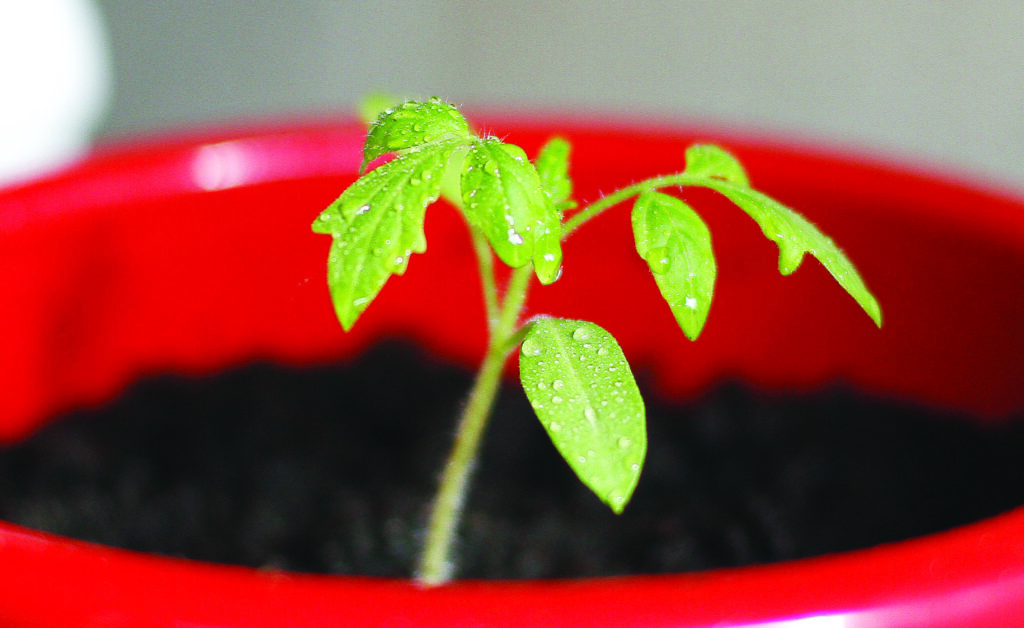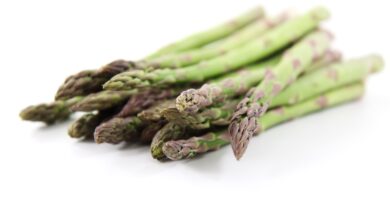The Tricky Tomato: Fruit or vegetable?
By Heather Klein
Is the tomato a fruit or is it a vegetable? This age-old question regarding the tomato actually has an answer. It’s both! Scientifically, it is classified as a fruit (Lycopersicon) but nutritionists consider it a vegetable. Whatever you call it, the tomato is certainly one of the favourite plants that we grow in our gardens.
We first learned about the tomato through the Aztecs whose name for the tomato translates to “plump thing with navel”. When it was introduced in Europe, it was largely rejected as it was not named in the Bible and Europeans believed that its non-edible parts caused sickness and even death.
Tomatoes are the major dietary source of lycopene, which has been linked to many health benefits including a lowered risk of heart disease and cancer. They are also a great source of Vitamin C, potassium, folate and vitamin K.
In 2001, 600,000 tomato seeds travelled to the International Space Station and back before being grown in school classrooms all across Canada as part of Tomato sphere I, II, III and IV experiments. This project is ongoing today.

Tomatoes have two growth habits:
Determinate varieties grow to a certain height and then concentrate on ripening their fruit. They are good for cold climate gardeners who need to harvest their entire crop within a few weeks.
Indeterminate varieties keep growing taller and taller, setting and ripening fruit until the frost kills them. Because of their height they require sturdy support like cages, stakes or ladders.
Tomatoes are usually started indoors four to six weeks before the last spring frost and then transplanted outside once the soil has warmed up. They should be planted 24 to 30 inches apart in rows at least 36 inches apart. Most tomatoes require caging to keep them off the ground, which helps protect them from disease.
They should be kept moist but not over-watered as erratic watering will cause the fruit to split and encourage blossom ends to rot. They are susceptible to early blight, blossom end rot, late blight, tomato mosaic virus and many more diseases. You can combat this by rotating crops, removing diseased plants, mulching the base of the plants and caging.
Tomatoes should be harvested when they are still firm to the touch but “give” a little. Ripe fruit will pull easily from the vine. Tomatoes increase in weight as they ripen, even after harvesting. Depending on the variety, tomatoes take from seven to eight weeks from planting to harvest for determinate varieties and 10 to 12 weeks for indeterminate varieties. They will continue to ripen off the vine if they are stored in a warm place.
So many types of tomatoes
Although there are more than 15,000 varieties of tomatoes, these are a few favourites that we tend to see the most.

Beefsteak. These juicy tomatoes are exactly what they sound like. BIG! They are our go-tos for the BLT and great on their own with a little salt and pepper. Due to their high-water content these may not, however, be the best for cooking.
Plum (Roma). This Italian variety has a high pectin content which makes them the best for cooking. They have thin skins, a lower water content and very few seeds. Their low moisture content also gives them extended fresh storage time.
Cherry. A favourite of kids, these little delights look good and taste great in salads. They are extra sweet with thin skins and make your vegetable tray fun and tasty. If you are growing tomatoes for the first time these are a great way to start.
Heirloom. Passed down through families and neighbours for generations because of their valued characteristics, these tomatoes come in a huge variety of sizes and colours but tend to have the best tomato flavour of any variety. An heirloom tomato can’t contain any genetically modified organisms and is bred with open-air pollination.
On the Vine. These hothouse tomatoes are grown year-round and have a very mild tomato flavour. They are sold with the stems intact, so the fruit has a more pronounced tomato aroma.






